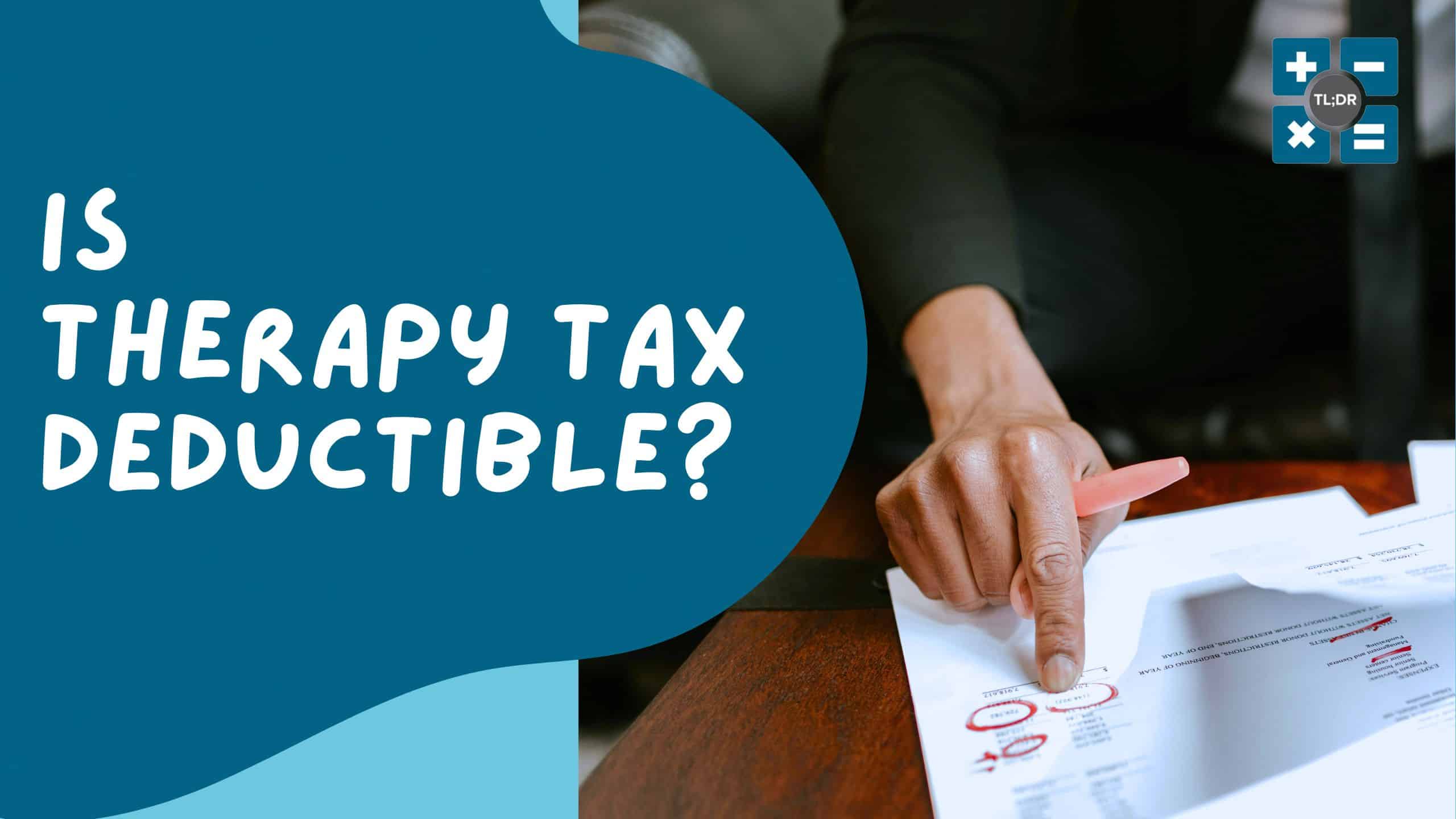The holidays are almost upon us, and that means it’s time to put on a Santa hat and start donating money.
There were some very important changes to the tax law from the Tax Cuts and Jobs Act of 2017. One of the biggest changes was that the Standard Deduction almost doubled, going from $6,350 to $12,000 for Single and $12,700 to $24,000 for Married Filing Jointly.
“Ok,” you might be thinking, “You threw some big numbers at me. But what does this all mean?”
The purpose of the Standard Deduction is to simplify taxes for most people. It’s basically the IRS saying “Okay, okay, we’re not going to audit the mortgage interest of every single homeowner in the country. If you just ‘say’ that you have $24,000 in deductions, we’ll call it good and not bother with all the details.”
As a result, some of you who itemized in the past will not be itemizing this year. If you add up all your (qualified*) mortgage interest, interest expense, and medical expenses, then it could still be the case that you’re quite a ways short of that $24,000 standard deduction. If this is the case, then donating money to charity might not get you any more tax deductions than if you forego all donating this year.
[* Only the mortgage interest on up to $750k of home value is deductible, down from $1M the previous year. Keep this in mind!]
Don’t let this stop you from giving out of the goodness of your heart though.
“Bunching”
There is a way to get a tax benefit from charitable donations even if you fall short of the standard deduction, and it’s colloquially called “bunching.”
Let’s say you’re at $20,000 in deductions and you typically donate $3,000 per year to your favorite charity. Your regular donation this year will not save you any money in taxes. BUT… you could decide to make a $9,000 donation every three years instead, in which case you’ll get a tax benefit from your charitable giving.
Such an impactful change to the tax law gives us the impression that charitable “bunching” is about to become very popular.
Bunch Like a Pro With a Donor-Advised Fund
Now, if you aren’t so hot on giving $9,000 every three years you do have the option of giving to a Donor-Advised Fund (DAF). This lets you donate the $9,000 in year one and still give $3,000 per year to the organizations that you support.
Basically, a DAF will gather and productively invest your dollars until the time comes to distribute them to the charities of your choice, while giving you an immediate tax break. This could lead to you having a bigger impact on your favorite charities dollar-for-dollar. Plus, it gives you more time to plan out where you want your donations to go. Some DAFs even have investment advisors to help you plan your donations.
A few things to keep in mind about DAFs:
- There will be fees involved, generally less than 1% for funds without an advisor.
- “No take backsies”: Once your money is in a DAF, you can’t get it back, just like when you give money directly to a charity.
One Last Note On Charitable Giving
The tax law has changed so that you can deduct up to 60% of your Adjusted Gross Income to charity instead of only 50%. So for those absolute saints among us, you can give more to charity than you take for yourself now.
TL;DR: If you want to play Santa Claus this year, and you want a tax benefit from doing so, it’s critically important to run the numbers ahead of time because the Standard Deduction just went way up. After running the numbers, if your itemized total falls short of the goal, you can always bunch next year’s donations (and maybe the year after that) in order to get that cherished tax benefit.






